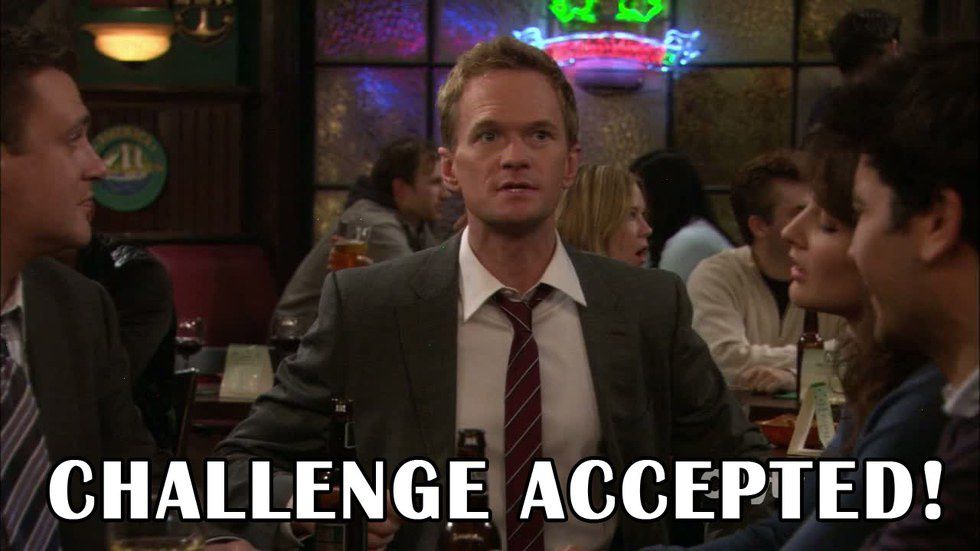From the diverse history of St. Augustine to the alluring nightlife of Miami, Florida offers something for everyone. At first glance, Florida, famously nicknamed as “The Sunshine State,” captures all aspects of a sanctuary for folks from all around the world. In fact, a record-breaking number of over 105 million people visited the state in 2015. For many, Florida represents a stress free paradise, an oasis where one escapes his or her troubles, yet the reality portrays the “Sunshine State” as more of an illusion. Contrary to popular belief, Florida does not play the role of a grand oasis, but instead, one of a mere illusion.
Usually tourists who come to Florida have these preconceived notions “of certain romantic ideas of waving palms, orange-groves, flowers, and fruit, all bursting forth in tropical abundance.” In Harriet Beecher Stowe’s “The Wrong Side of the Tapestry,” Stowe goes on to state that many of the tourists who come to Florida end up disappointed by not getting what they had originally hoped for, a stress free vacation getaway. One such notion revolves around the myth of an “eternal summer.” In reality, Florida does go through its own winter, albeit not a harsh blizzard, but a chilly one nonetheless. During 2015, temperatures within south Florida declined to the 30s and 40s. Record temperatures were seen in Miami with 42 degrees, while Fort Lauderdale witnessed 39 degrees. Consequently, these low record temperatures impede on one’s ability to enjoy the “Sunshine State.” “The great charm, after all, of this life, is its outdoorness.” Most people enjoy Florida’s beautiful outdoor sights, but what about when the temperatures go down to the 40s? Can one truly enjoy these marvelous sights with freezing temperatures? Tourists arrive in Florida ready to go out and enjoy sightseeing or relax at the beach, but immediately become disappointed once they step outside and realize that Florida does have a winter after all. A cold season in Florida shocks many newcomers in the state, but for those who live in the “Sunshine State,” they see it as just reality.
In most cases, Florida can be compared to Disney World, because of their similar realities and false images. Within Dave Barry’s “The Walt ‘You Will Have Fun’ Disney World Themed Shopping Complex and Resort Compound,” Barry gives in-depth analysis into Walt Disney World from a satirical point of view. Throughout the satire, Barry references the high prices of tickets for Disney World. “Okay, you’ve taken out a second mortgage and purchased your tickets!” Like Disney’s high priced tickets, most of Florida deals with the same issue of having uncontrollable high prices for everything. For many Floridians, the insane high cost-of-living makes no sense. Especially around south Florida, rent for a studio ranges around $1,260, while median sale price was $135,000 for a one-bedroom home. Besides that, Dave Barry also speaks about the issues with the lines and crowds at Disney World. The lines are overcrowded and long at Disney, and for Barry, there seems to be a line for every minuscule thing. Visitors expect Disney World to be full of crazy rollercoasters and fun memories, but the truth happens to be that long lines are common throughout the amusement park and not everything looks as perfect as one may initially believe. He mentions the crowds at Disney, which funnily appears very similar to overpopulation in Florida. Overall, Dave Barry describes Walt Disney World as overrated and a place where everything seems out of place. To be specific, Barry speaks as though there were two sides to Disney World; the side of a dream-like fantasy land of happiness and endless possibilities and the side of the money-hungry, overrated and lame amusement park. In many ways, Florida embodies this representation of Disney; the side of illusion and the side of reality. On one hand, people believe the “Sunshine State” acts as their escape to happiness. Of course, this belief becomes untrue once reality kicks in. The side of illusion creates a mirage that does not exist, while reality shows the truth.
In fact, the reality of Florida reveals a different portrayal of the “Sunshine State.” In Joan Didion’s “Miami,” Didion speaks on the side of Florida filled with drugs and violence. She describes the city through its history with violence and drugs: shootings, failed government missions, gangs, drug usage, etc. Didion uses the drought and Miami’s swampy nature to symbolize how crime slowly crept and seeped into the community. Sadly, hardly anyone noticed the crime slowly entering Miami, which led to many tourists unaware of the situation. Usually, visitors will never realize the high amount of crime rates that occur here, especially in Miami-Dade County. In 2014, there were over 6,727 violent crimes in total, while in 2013, there were over 6,400 violent crimes in total. Between 2013 and 2014, a 5.11 percent increase occurred in violent crimes. An increase like this makes sense with the immense violence that runs amok within southern Florida. Joan Didion clearly exposes the dark side of Miami that many tourists often ignore. Visitors become exposed to the beautiful sights of Miami, but not the apparent side of truth. In fact, Florida has been known to be a “central hub” for fishy and suspicious scams. According to the Federal Trade Commission, “Florida ranks No. 1 in identity theft complaints, which were at about 193 per 100,000 residents in 2013.” Furthermore, according to the Treasury Department, South Florida “logs more than 46 times the national average for false federal income tax returns.” Over on the northern end of the state, Tallahassee has a rate of 9.52 for violent crimes per every 1,000 residents and over 111 crimes committed per square mile. To conclude, the information presented here brings into question Florida’s trustworthiness regarding one’s safety. How could a place be considered a sanctuary, yet be filled with so much violence and illegal activities?
Overall, Florida continuously builds itself as a glamorous “oasis.” The state grabs the attention of many people around the world with its deceitful image as a “paradise.” Through these distorted fantasies, Florida continues to attract many tourists and give the state its well-known popularity. Yet, the reality of the “Sunshine State” reveals an adverse vision. In the end however, Florida merely represents an illusion full of fallacies and false-hope for visitors who expect otherwise.




























